Content
If your organization does not have a cloud engineer or FinOps engineer, these mistakes are more likely to happen. Now, as you’ve got a rough idea of cloud service models, let’s move on to their detailed examination. With many VMware ESXi servers reaching end of life, users must decide to extend existing support agreements, upgrade to version 7… Kubernetes has several ways to deploy applications, including deployments, DaemonSets and StatefulSets. Client Server Network is a type of network model where various services are transferred from one server mac… Internet is an evolving technology that constantly adds new features so that users can be more convenient with its usage.

For the development of almost every software, “data is a must.” This data could be anything from previous logs to software development flows or architectural flow. For small companies with sights set on growth, finding the right fit can be a challenge when it comes to technology. Trying to accommodate current needs and budgets while balancing future expectations isn’t easy.
The Pros and Cons of PaaS systems
In PAAS, the service providers provide their clients with a runtime environment or platform to develop, manage, use applications. The disadvantage of this delivery model is that IT has little or no control. In some cases, staff may be accessing SaaS apps without IT’s knowledge or approval, and that can make it difficult to manage, access and secure any data stored in those apps. The vendor may have access to some of that data, which might violate some organizations’ compliance requirements or privacy policies. Also, some SaaS apps may not integrate with other software or tooling that the organization uses.
This means saving time and money while also avoiding security issues. Further, more frequent updates means access to the best functions and features without delay, improving what your business is able to offer. For those with evolving software needs, SaaS is a good way to make sure all relevant product features are available as soon as possible. It’s important to note that SaaS isn’t the same thing as cloud computing. While it is certainly a part of cloud computing, there is a difference between utilizing SaaS technologies and implementing a cloud-based solution. This is an ideal cloud service delivery model for small to medium sized enterprises .
However, if you are someone who wants to be able to quickly and easily make changes to your website without downtime, then IaaS may be right for you. While there are pros and cons to both types of solutions, they are not as clear as you might like at first glance. The answer to the question PaaS vs IaaS vs SaaS is not a simple one. All three cloud computing pros and cons of paas models have advantages to offer and disadvantages to consider. But they also offer different levels of flexibility, scalability, and control to fit any business needs. Platform-as-a-Service, or PaaS, is a cloud computing model where you get the cloud platform and the required structure to build and run custom applications over the internet.
While Google App Engine is backed by the power of Google, the unique features offered by this cloud provider can put a company in a vendor lock-in dilemma. Google Cloud Datastore, for example, is a proprietary NoSQL tool that is not easily replaceable if it becomes necessary to migrate to a new service. As a Microsoft product, Azure App Service is particularly well-suited to applications hosted in a Microsoft Server environment.
Boosts Productivity
Whatever the products offered by the PaaS provider is customized themselves. Due to this the infrastructures may face compatibility issues in a new environment. Platform as a service computing technology has been bringing in several benefits to companies. From increased productivity, reduced costs, and scalability to several other improvements. Tally on Cloud allows remote access to accounting software and data.
Which is why any business can scale easily at any time without the fear to become the victim of its own success. Moreover, PaaS resources can provide additional services such as database management systems, business analytics and planning, thus improving decision-making. The Crowd Research Partners report found that 52 percent of organizations already use SaaS apps, and 35 percent are planning to deploy them in the future. Before moving forward, be sure to take these potential downsides into consideration. Be aware that some of these challenges are related to particular PaaS providers versus all PaaS providers and thus may not apply universally. However, as with all technological resources, PaaS isn’t right for everyone.

Meanwhile, SaaS is ready-to-use software that’s available via a third party over the internet. PaaS works well for small businesses and startup companies for two very basic reasons. First, it’s cost effective, allowing smaller organizations access to state-of-the-art resources without the big price tag. Most small firms have never been able to build robust development environments on premises, so PaaS provides a path for accelerating software development. Second, it allows companies to focus on what they specialize in without worrying about maintaining basic infrastructure. Clearly, all three cloud delivery models have advantages that are attracting new users.
PaaS advantages
PaaS doesn’t deliver software over the internet, but rather a platform that developers can use to create online software and apps. PaaS solutions have everything a modern company could need for software applications and infrastructure management. When it comes to servers, you can find solutions with physical or virtual servers, as well as a remote server and an email server. Since the topic is urgent, we want to tell you about the difference between cloud services models and provide examples of SaaS, PaaS and IaaS. As a rule, PaaS software is available in a public environment where multiple end users have access to the same basic resources.
What are the pros, cons of PaaS offerings from AWS, Google, Microsoft? – TechTarget
What are the pros, cons of PaaS offerings from AWS, Google, Microsoft?.
Posted: Wed, 30 Aug 2017 07:00:00 GMT [source]
However, there are many static site generators using a variety of scripting languages and front-end frameworks. If you are already familiar with a particular scripting language or front-end framework, you will be most comfortable with a static site generator using those technologies. ● If you need a solution that’s beginner friendly, you might want to consider Jekyll, which was developed specifically to support blog content. Static websites created by a static site generator require fewer server resources. Because static site generators create webpages before they are requested by a user, the pages load faster.
Integration
The software can simply be used without needing to invest in infrastructure. Platform as a service can be seen as a great scalability solution, as it delivers an environment with highly scalable spaces, tools, and resources. Like any cloud-based service, a good pass is available at all times, anywhere, including allowing multiple developers to work on one code at the same time. https://globalcloudteam.com/ The business will only pay for the resources that will be used, that is, the subscription to the services has a price that changes according to the demand for technology. The only requirement is an active internet connection and a system to use the software. In cloud computing, you have the flexibility to run and test the new features being added to the application/ website.
For example, a large enterprise may use SaaS apps like Microsoft Office 365 and Salesforce, while also migrating some of its in-house applications to IaaS and developing new customer-facing apps via a PaaS. Cloud storage with automated backup is scalable, flexible and provides peace of mind. Cobalt Iron’s enterprise-grade backup and recovery solution is known for its hands-free automation and reliability, at a lower cost. While working on PaaS, there is a concern of data security as PaaS is handled by third-party organizers.
The pros and cons of blog creation tools
For an example, different staffs involved in testing and maintenance can collaborate with each other to carry out their works from different locations. But with any system/architecture, PaaS, too, has its share of advantages as well as disadvantages. Before making the decision to go live with a PaaS product, IT pros should plan ahead.
- The SaaS provider manages everything from hardware stability to app functioning.
- The storage, server, and network are all managed by a third-party vendor.
- It saves you time — up to a year — by allowing to launch the process sooner.
- Even though your PaaS may give you the protection of backup software services, it’s always important toperform your own server backups, too.
- Service outages can significantly interrupt the ways in which you do business, standing in the way of meeting deadlines and bringing productivity to a halt.
- No one wants to consider the possibility of scaling down, but this can be a reality as well.
- But companies often tend to go over budget due to poor cloud planning’s and not selecting the right service provider.
PAAS allows your development team to run multiple tests on multiple servers with multiple configurations. Let’s have a look at some prime pros of PaaS which will take your business to new heights. In there, cost-cutting can’t be an option as that would mean, pros and cons of paas compromising on the quality of product/service.
According to the Crowd Research Partners survey, 28 percent of organizations surveyed currently use PaaS in production, and 51 percent have plans to deploy in the future. Some people consider serverless computing, also known as function as a service to be a form of PaaS. These services don’t require developers to do any infrastructure configuration at all — developers simply write their code and the serverless service handles everything else. The best-known example of this type of cloud service is probably AWS Lambda. On the other hand, IaaS doesn’t necessarily offer the lowest total cost of ownership .
Software as a Service has many advantages to offer users, regardless of end goals and objectives. Here are some of the benefits of SaaS, outside of a simple and predictable subscription fee, you can expect when employing SaaS software over on-premise software and other software applications. The IaaS section details that data security is an integral problem with this delivery model. Cloud security is an important topic, especially with digital transformation being a high priority in the industry at the moment. The CloudBOX PaaS solution that SaM offers seems to be a very good offering for companies that are looking to shift to a PaaS model. When it comes to cloud service delivery models, the list is much longer.
Considering to go cloud?
Instead, they can deploy their platforms and applications within the provider’s virtual machines that offer the same technologies and capabilities as a physical data center. Even though there isn’t an exact number of PaaS solutions out there, we can freely say that their numbers exceed hundreds. The great thing about it is that it allows IaaS users to build apps, and there are constantly new development tools being added. AWS Elastic Beanstalk is ideal for apps developed in Docker, Java, PHP, Python, and other programming languages. And every cloud is created using a unique mix of technologies, which almost always includes an operating system, some kind of management platform, and application programming interfaces . While there are some key benefits of using cloud computing platforms for your software services, you need to assess the limitations in SaaS models.
While PCF could be a fit for organizations of any size, its eye for privacy and security make it a candidate for applications that deal with highly sensitive data. With in-transit data encryption, managed OS patching, secure credential management and zero-downtime deployments, PCF provides a suite of powerful security tools and processes. Azure App Service offers native support for a handful of popular programming languages in both Windows and Linux environments, and users can extend that support through custom container configurations. Forbes experts predict that 83% of enterprise workloads will be in the cloud by 2020. Worldwide spending on public cloud services and infrastructure, according to the IDC report, was forecast to reach $160 billion in 2018.
Users can deploy Azure App Service both on premises or in the cloud, and it offers functionality such as automated scaling, managed OS patching, capacity provisioning and load balancing. With cloud computing growing very fast, especially in the coming years, this is an important article to learn about the basics. Would love to see another blog covering the difference in deployment models (e.g. is IaaS better with public cloud?, etc.). Because the cloud provider tools are standardized across all users, skills are transportable. There can be power outages, disasters or other misfortunes all which can lead to devastating consequences. This can impact both business operations and customers who use the application.
Additional features like database, master data management and many more
However, IDC predicts that IaaS and PaaS spending will grow faster than SaaS spending through 2020. As a result, SaaS spending will likely decline to around 60 percent of total public cloud revenues. As outlined above, PaaS opportunities exist in many shapes and sizes for companies to consider. There are, of course, advantages and disadvantages to current PaaS products on the market. While many are sophisticated enough to meet most basic needs, there are certainly things companies should include in the evaluation process before moving forward with a mass market product.

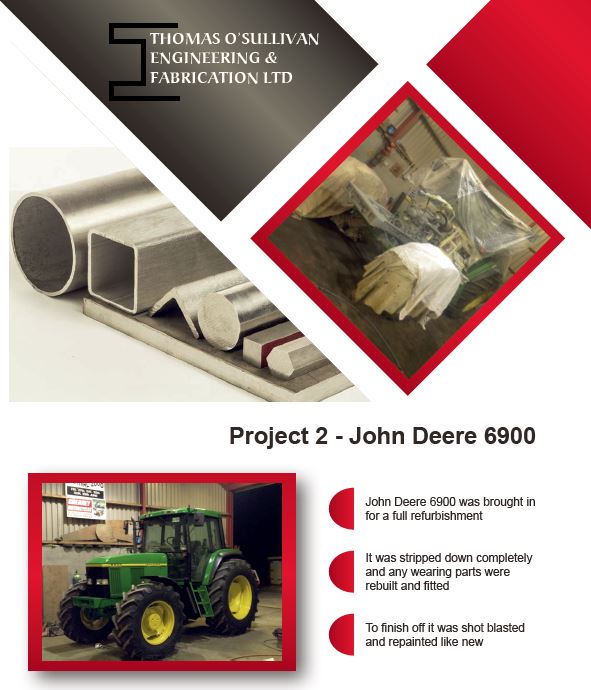
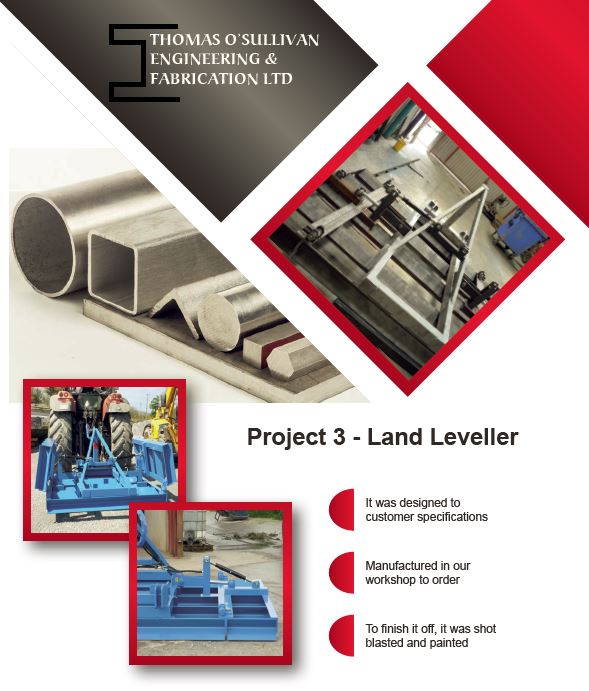
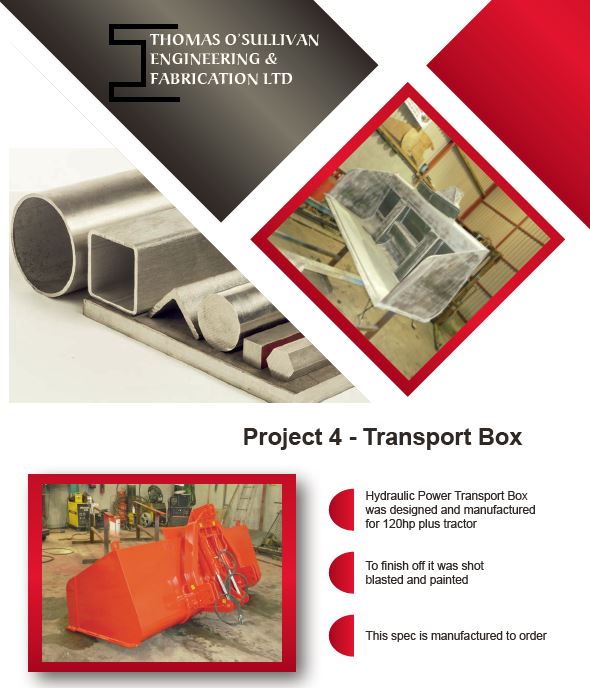
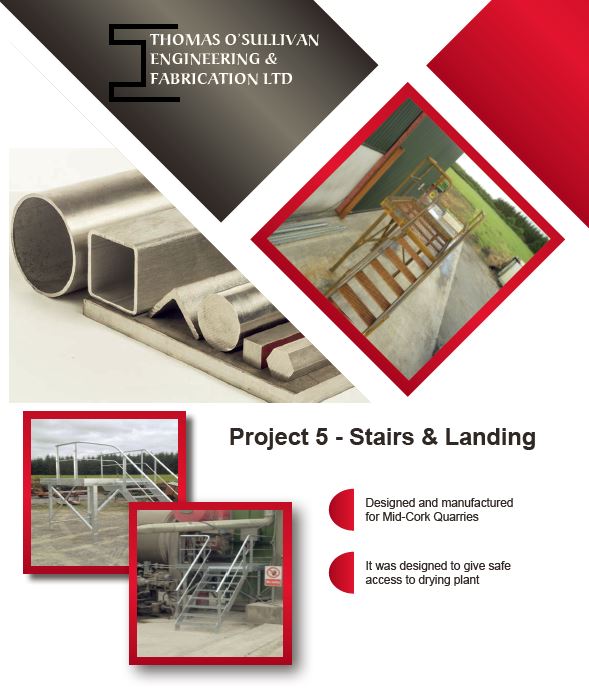
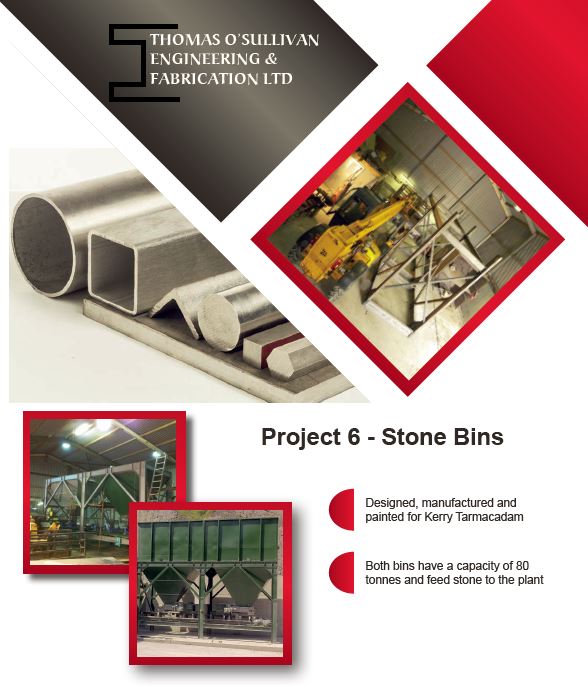
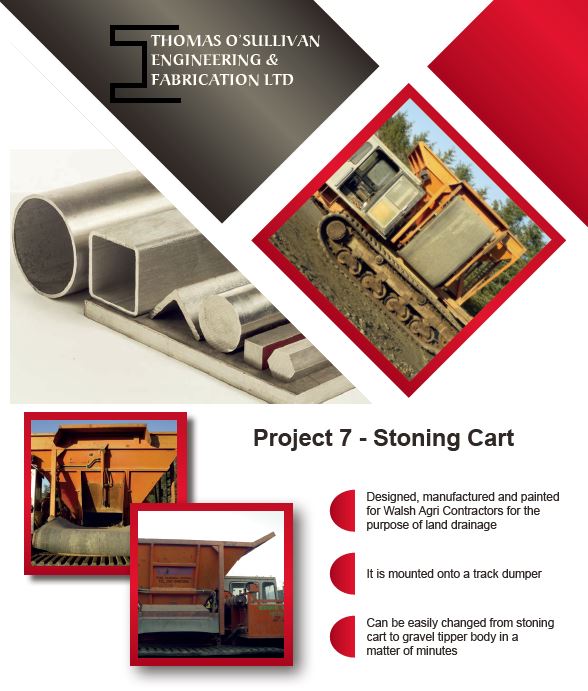
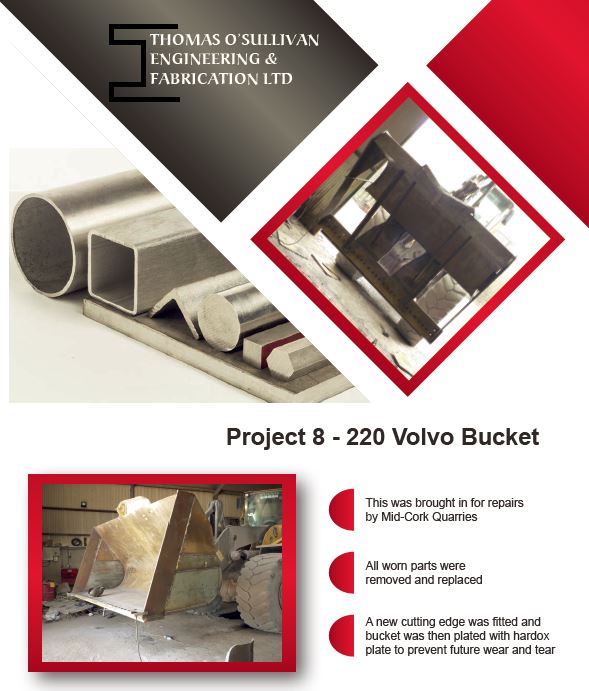
Leave a Reply